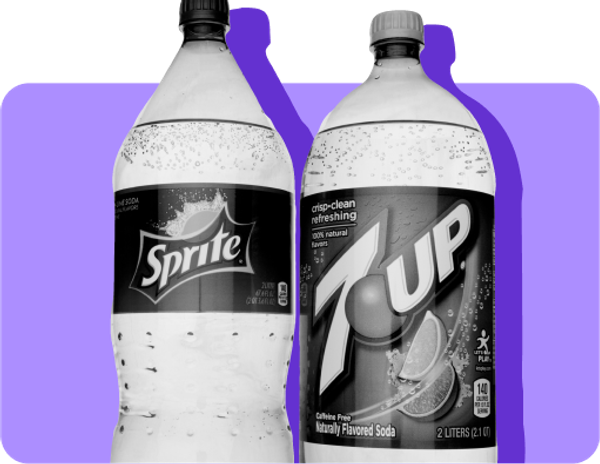What states have asset limits for SNAP?

Summary#summary
- In most states, you do not have to be under an "asset limit" to qualify for SNAP — eligibility is more about your recent income than savings
- "Assets" or "resources" includes money someone has they could use for food, like in a bank account (but excludes things like retirement savings)
- Some states still have an asset limit for SNAP — and they're different across those states
- Bottom line: if you need help, but you have some savings, you could still be eligible for SNAP if your income is low, and you should consider applying
You can be eligible for SNAP even if you have some savings#you-can-be-eligible-for-snap-even-if-you-have-some-savings
A common question I see is something like this: "I'm not making much money right now but I have some savings. Can I be eligible for SNAP?"
The answer in most cases is yes, assuming you meet the other eligibility criteria, most importantly that your recent income (regular money you get) is low.
This is important to make clear, because lots of people never apply because they think having some savings makes them ineligible, but they do qualify for the help.
What are "asset limits"?#what-are-asset-limits
An "asset limit" (sometimes called a "resource limit") is when there is a maximum amount of money a household can have access to and still be eligible for benefits.
In SNAP, assets generally includes things like bank accounts (checking and saving) and other money that is available to you to use for food.
But the asset definition generally exclude things that you can't really access to spend, like retirement accounts and vehicles in most cases.
Many states do *not* have an asset limit for SNAP eligibility#many-states-do-not-have-an-asset-limit-for-snap-eligibility
There are some complicated policy details here, but in general, states have the option to not impose an asset limit in order for a resident to qualify for SNAP.
This has lots of benefits, like not forcing families already struggling to use up all their savings before they can get help (which often makes it harder for them to get to a better financial place). It also reduces the paperwork burden to get help and saves on the staff time costs of verifying what is often a low amount of savings anyway.
These states do *not* have an SNAP asset limit currently#these-states-do-not-have-an-snap-asset-limit-currently
In these states, the vast majority of people do not have an asset limit to qualify for SNAP.
(There are a few exceptions, but they are complicated. So if you otherwise think you're eligible, it's best to apply and let your expert eligibility worker review your situation.)
- Alabama
- Arizona
- California
- Colorado
- Connecticut
- Delaware
- District of Columbia
- Florida
- Georgia
- Guam
- Hawaii
- Illinois
- Iowa
- Kentucky
- Louisiana
- Maine
- Maryland
- Massachusetts
- Michigan
- Minnesota
- Montana
- Nevada
- New Hampshire
- New Jersey
- New Mexico
- New York
- North Carolina
- North Dakota
- Ohio
- Oklahoma
- Oregon
- Pennsylvania
- Rhode Island
- South Carolina
- Vermont
- Virgin Islands
- Virginia
- Washington
- West Virginia
- Wisconsin
These 13 states still have SNAP asset limits#these-13-states-still-have-snap-asset-limits
In most of these, the asset limits are updating on Oct. 1, 2024 to $3,000 for most people and $4,500 if your household has someone senior or disabled in it.
If a state sets its own asset limit, we've included it next to it.
So in these states, if you have savings above these limits, it's much more likely you will be found ineligible for SNAP.
- Alaska
- Arkansas
- Idaho ($5,000)
- Indiana ($5,000)
- Kansas
- Mississippi
- Missouri
- Nebraska ($25,000 in liquid assets)
- South Dakota
- Tennessee
- Texas ($5,000)
- Utah
- Wyoming
A note on households with senior or disabled members#a-note-on-households-with-senior-or-disabled-members
There is one last tricky thing with asset limits: if your household has a senior or disabled member and you're over the gross income limit, your household might be able to qualify — but with an asset limit.
This is one of the less common, more complicated situations, so we're just mentioning it for awareness.
If this is your situation, consider asking a local community SNAP assister (like food bank staff) or call your state agency to get more clarity on whether this rule applies to you.




